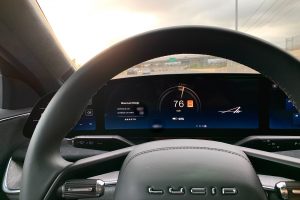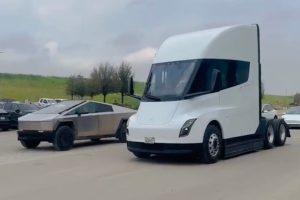Munro and Associates analyzed the Tesla charging connector and charge port, calling it more compact, lighter, and more cost-efficient than the CCS alternative.
Munro and Associates have slowly built a name for themselves on YouTube, analyzing vehicle components and even whole vehicles to find the flaws and advantages of the designs used by automotive engineers. The company analyzed the Tesla charging connector and the corresponding charge port in the most recent episode. They found the Tesla design to be “more space efficient, lighter, and less costly” than the CCS charger alternative.
It is no surprise that Munro and Associates found the Tesla connector, also known as the North American Charging Standard (not yet officially recognized as the standard of North America), to be the superior design. The CCS1 design found on most other manufacturers’ vehicles is large, clunky, and a far less streamlined experience than the Tesla design. However, until recently, they have been unable to use Tesla’s proprietary design.
Tesla will now allow other manufacturers to use the Tesla charging standard on their vehicles and charging equipment. According to Munro and Associates, Tesla may attempt to work with other charging networks as well to spread the availability of their charging standard in the future. However, no other automaker has yet accepted Tesla’s design for use on their vehicles, except Aptera.
Munro and Associates correctly point out the complexity of the charging standard debacle in the United States. With numerous manufacturers already using CCS on multiple vehicles in production, a dramatic shift to the Tesla charge port could leave drivers with a CCS connector high and dry. Meanwhile, if the automaker decided to switch to the Tesla standard, they would be forced to re-engineer the charger found on each vehicle currently in production, further adding cost.
Automakers wouldn’t be the only ones forced to make a hard choice. Automotive suppliers of charge ports and charge plugs would need to completely retool to produce the new standard, while charging station operators would quickly need to make a Tesla connector available on each of their, often nationwide, charging networks.
Needless to say, the charging port and connector issue is likely not going away anytime soon. And sadly, despite the advantages of the Tesla connector, the associated costs (and acknowledgment of Tesla’s engineering) may be too much to bare for the standard to become universal.





